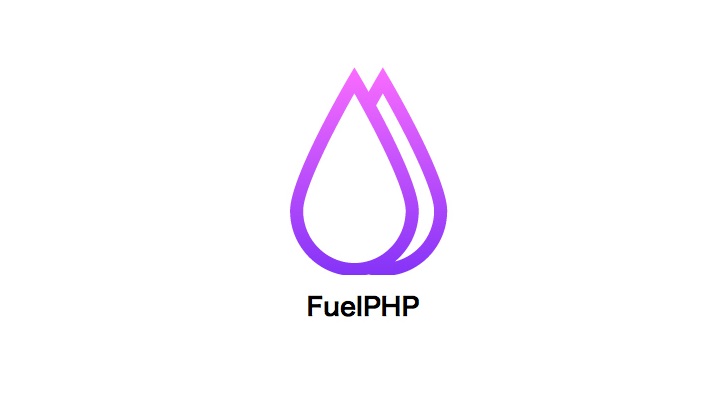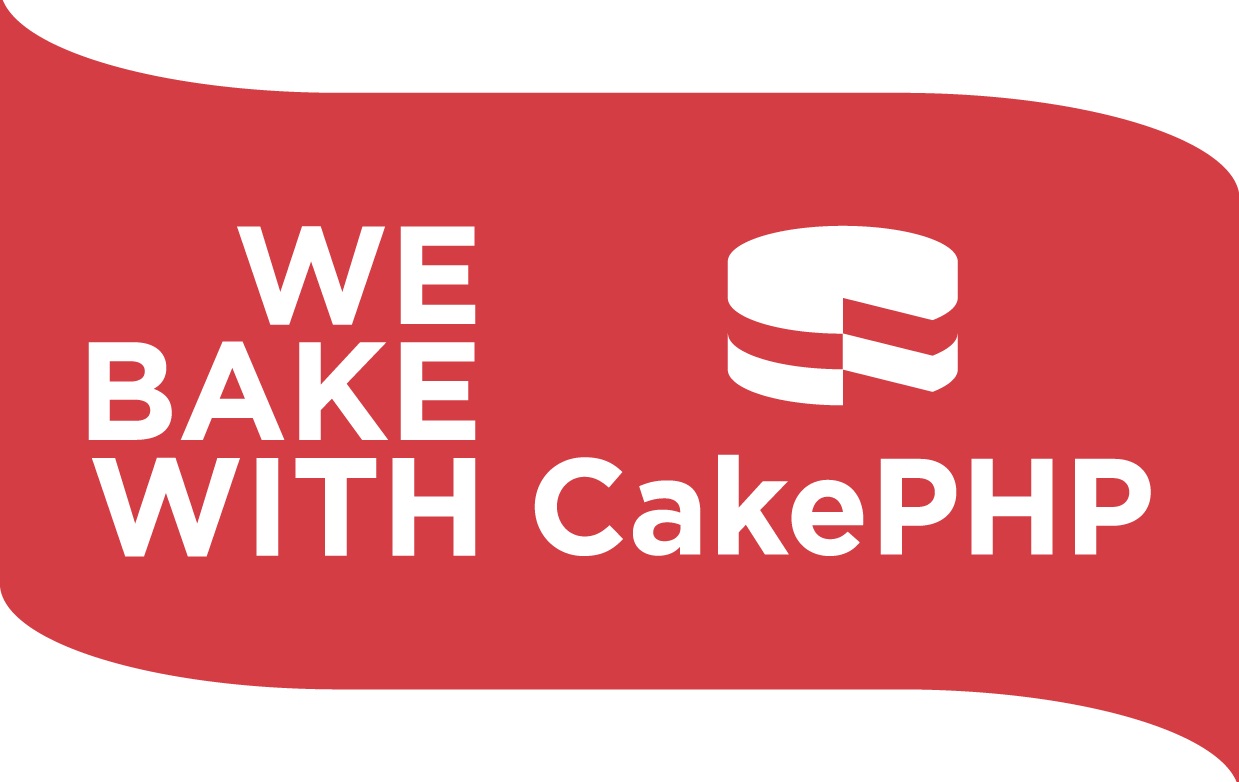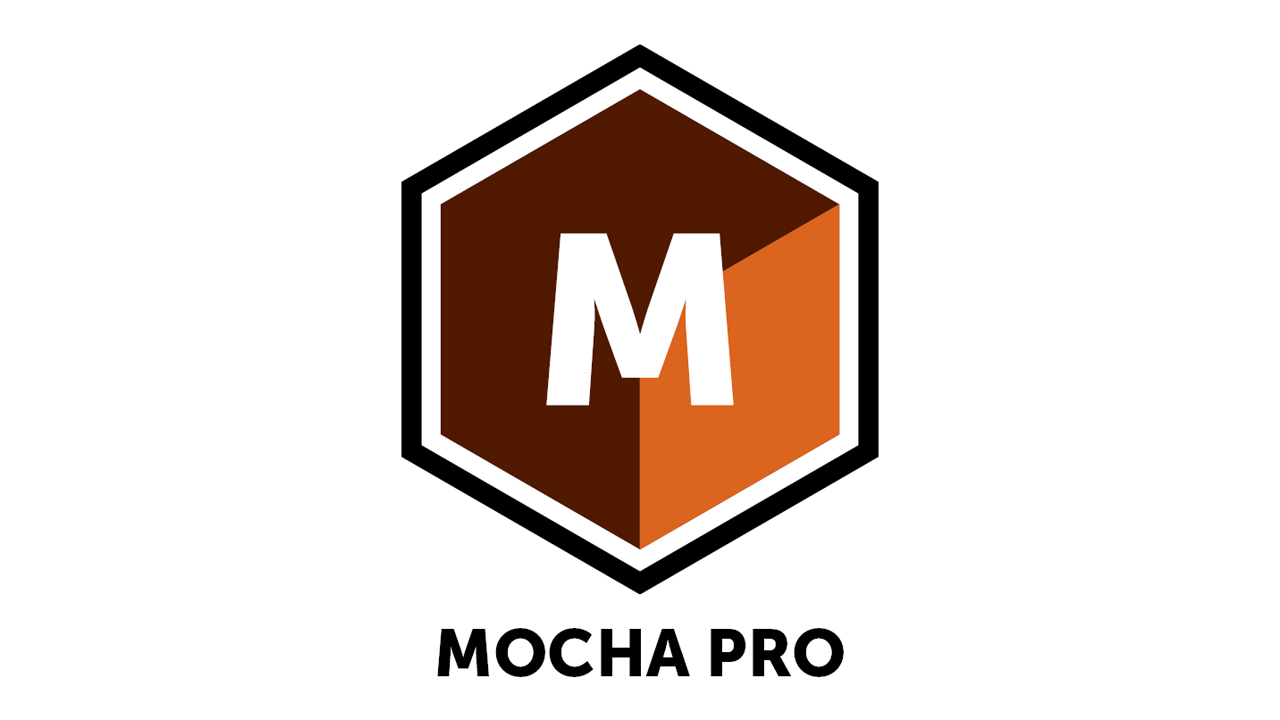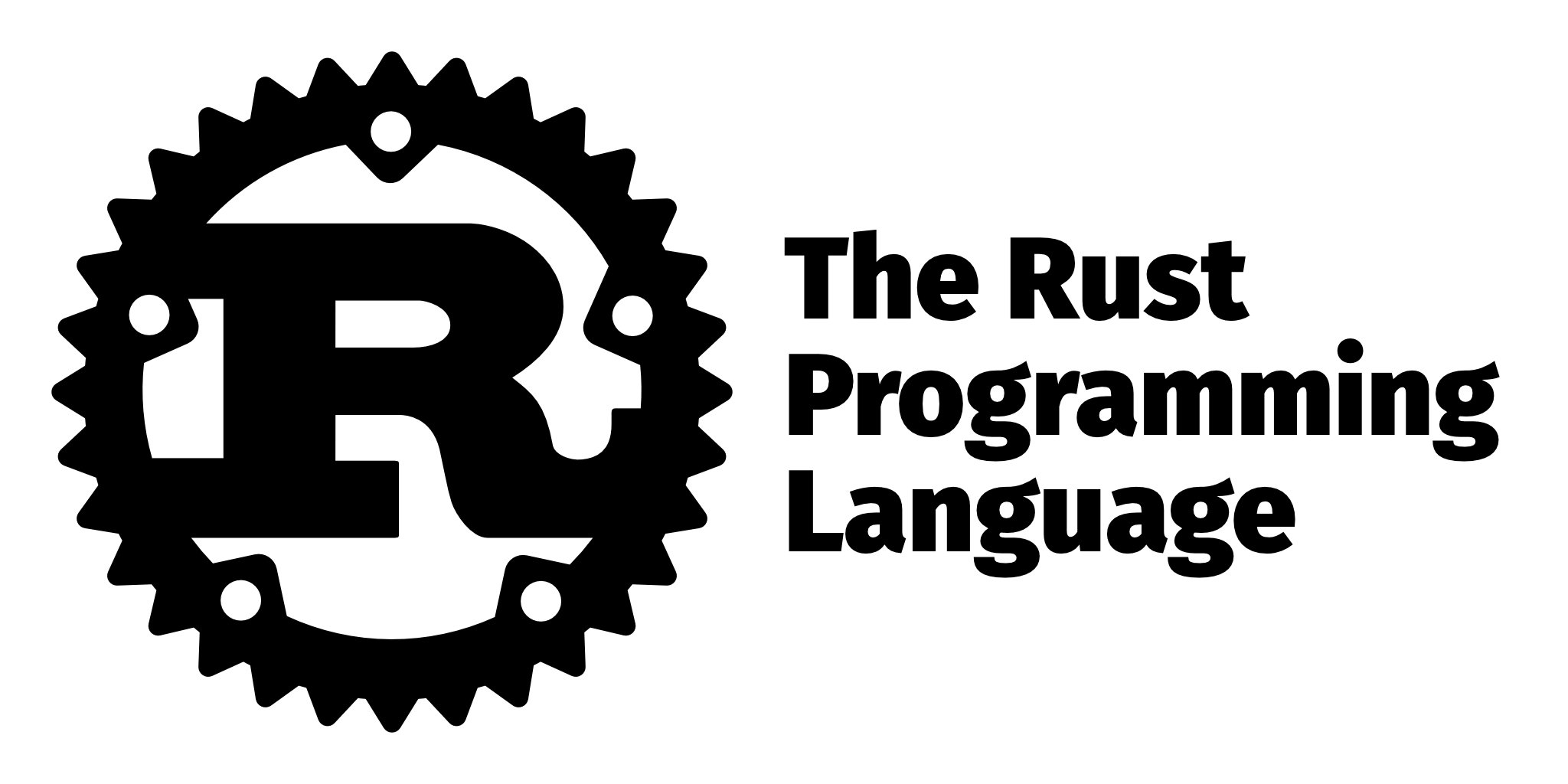FuelPHP: The powerful solution for modern web development
Published

What is FuelPHP?
FuelPHP is an open source web application framework that is used in PHP was written. It was first released in 2010 and has since gained a growing community of developers and users around the world.
If you want to acquire new skills or expand your existing skills, Skillshare is for you. Please click here to access the Skillshare learning platform and gain new insights into a wide range of topics.
| FuelPHP | Description |
|---|---|
| Development framework for PHP | FuelPHP is a powerful PHP framework for the development of web applications. |
| High performance and speed | FuelPHP attaches great importance to performance and speed in order to enable fast and efficient applications. |
| MVC architecture pattern | FuelPHP follows the MVC architecture pattern (Model-View-Controller), which enables the separation of data, presentation and logic. |
| ORM (Object-Relational Mapping) | FuelPHP offers integrated ORM functionality for easy management of database objects and queries. |
| Modularity and expandability | FuelPHP has a modular structure and enables the simple integration of additional components and libraries. |
| RESTful API support | FuelPHP offers integrated support for the development of RESTful APIs to provide web services. |
| Aktive Community und Support | FuelPHP has an active developer community and offers extensive documentation and support options. |
| Learning curve for developers | FuelPHP can have a steeper learning curve than some other frameworks because it uses specific concepts and structures. |
| Suitable for medium to large projects | FuelPHP is well suited for medium to large web projects where performance, modularity and expandability are important. |
Introduction to FuelPHP
FuelPHP is a Model-View-Controller (MVC) framework based on the idea that code should be easy to read, write and maintain. It offers a variety of functions and tools that Developers help to create web applications quickly and efficiently.
The framework is modular, which means that developers can use only the components they need without loading the rest of the framework. This makes FuelPHP very flexible and adaptable to the needs of each project.
Why use FuelPHP?
There are many reasons why developers should use FuelPHP. Here are some of the most important:
- Rapid development: FuelPHP offers a variety of tools and functions that help developers to create web applications quickly and efficiently.
- Modularity: The framework has a modular structure, which means that developers can only use the components they need without loading the rest of the framework.
- Security: FuelPHP offers a variety of security features to help developers protect their applications from attacks.
- Performance: FuelPHP is fast and efficient, which means that web applications built with FuelPHP run quickly and smoothly.
- Community: FuelPHP has a growing community of developers and users around the world who support each other and help to improve the framework.
Installation of FuelPHP
FuelPHP is a PHP framework that specializes in the development of web applications. It is fast, flexible and easy to learn. In this blog, we will look at the installation of FuelPHP.
Prerequisites
Before we can start installing FuelPHP, we need to make sure that our system meets the following requirements:
- PHP 5.4 or higher
- MySQL or another database that is supported by FuelPHP
- Apache or another web server that supports PHP
- Composer, a PHP dependency manager
Installation steps
Once we are sure that our system meets the requirements, we can start installing FuelPHP. Here are the steps:
- Open the command line or the terminal and navigate to the directory where you want to install FuelPHP.
- Enter the following command to install FuelPHP with Composer:
- During installation, Composer will ask you for some information, such as the database you want to use. Enter the required information.
- Once the installation is complete, you should have a new FuelPHP installation in your directory.
That's it! You have successfully installed FuelPHP. Now you can start developing web applications.
Basics of FuelPHP
The two videos below show what is possible with FuelPHP.
In the second part how to deploy the application:
MVC architecture
FuelPHP is a PHP framework based on the MVC architecture. MVC stands for Model View Controller and is a design pattern that enables the separation of data, presentation and control in an application. This means that the application is divided into three main components:
- Model: Manages the data and database accesses
- View: Presents the data to the user
- Controller: Controls the interaction between model and view
This separation improves the maintainability and expandability of the application, as changes to one component have no effect on the other components.
Routing
Routing is the process by which a URL is assigned to a specific action in the application. In FuelPHP, this is defined by the routes.php controlled. Here you can define which URL refers to which action in a controller.
For example, the URL example.com/users to the index() -method of the UsersController refer. Routing is an important part of any web application as it improves user-friendliness and organizes the URL structure of the application.
Controller
The controller is the component that controls the interaction between the model and the view. In FuelPHP, each controller is defined as a PHP class and contains methods that are called when a specific action is performed.
For example, the UsersController one index() -method, which is called when the URL example.com/users is called. In this method, data can be retrieved from the model and passed on to the view.
Model
The model is the component that manages the application's data. In FuelPHP, each model is defined as a PHP class and contains methods that retrieve, save or update data from the database.
For example, the UserModel one get_users() -method that retrieves all users from the database. This data can then be passed on to the controller and forwarded to the view.
View
The view is the component that presents the data to the user. In FuelPHP, each view is defined as a PHP file and contains HTML code as well as PHP code that retrieves the data from the controller or model.
For example, the users.php -view contains a loop that displays all users from the database that have been selected by the UsersController were retrieved.
Extended functions of FuelPHP
| Strengths of FuelPHP | Weaknesses of FuelPHP |
|---|---|
| High performance and speed | Steeper learning curve compared to some other frameworks |
| Robust MVC architecture pattern with clear separations | Smaller developer community compared to some other frameworks |
| Integrated ORM functionality for simple database management | Limited selection of available modules and extensions |
| Modular design enables flexibility and expandability | Less extensive documentation compared to some other frameworks |
| Built-in RESTful API support | Possibly less resources and support availability compared to some other frameworks |
| Good support for form validation and security | |
| Active development and regular updates |
ORM (Object Relational Mapping)
FuelPHP offers a powerful ORM function that enables developers to write database queries in an object-oriented manner. ORM stands for Object Relational Mapping and is a technique that allows database tables to be represented as objects in the programming language. With FuelPHP ORM, developers can write database queries quickly and easily without having to worry about the details of SQL syntax. ORM also provides an easy way to define and manage relationships between tables.
Authentication and authorization
FuelPHP also offers a powerful authentication and authorization feature. FuelPHP allows developers to create and manage user accounts quickly and easily. The authentication feature allows users to securely log into an application and access protected resources. The authorization feature allows developers to restrict access to specific resources based on user rights.
RESTful API
FuelPHP also offers a powerful RESTful API feature. With FuelPHP, developers can quickly and easily create RESTful APIs that allow other applications to access the application's data and functions. RESTful APIs are a popular way to connect applications together and exchange data. FuelPHP provides an easy way to create and manage RESTful APIs.
Unit-Tests
FuelPHP also offers a powerful unit testing feature. With FuelPHP, developers can quickly and easily write unit tests to ensure that their application is working properly. Unit testing is an important way to ensure that applications are bug-free and stable. FuelPHP provides an easy way to write and execute unit tests.
Tips and tricks for FuelPHP

Stress during troubleshooting - Source: pexels.com
Debugging-Tools
Debugging is an important part of the development process. FuelPHP offers various tools that can help you find and fix errors in your code.
1. activate error reporting
Make sure that you have activated error reporting in your development environment. This can help you to receive error messages that can help you with troubleshooting.
2. FuelPHP Debugbar
The FuelPHP Debugbar is a useful tool that can help you find errors in your code. You can easily install it and it will give you a detailed overview of the execution of your code.
3. Xdebug
Xdebug is a powerful debugging tool that can help you find errors in your code. It offers a variety of functions, including the ability to set breakpoints and monitor variable values.
Performance optimization
Optimizing performance is an important aspect of web application development. Here are some tips that can help you improve the performance of your FuelPHP application.
1. caching
Caching is one of the most effective ways to improve the performance of your application. FuelPHP offers various caching methods, including file caching, Memcached and Redis.
2. database optimization
Optimizing your database can also help improve the performance of your application. Make sure that you create indexes on frequently queried columns and that you optimize your queries.
3. use of ORM
Using ORM can also help to improve the performance of your application. ORM can help you to create more efficient queries and reduce the number of queries.
Best Practices
There are some best practices you should follow when developing FuelPHP applications. Here are some tips that can help you write high-quality code.
1. use of namespaces
Use namespaces to organize and structure your classes. This can help to avoid conflicts between classes and make your application easier to read.
2. use of dependency injection
Use dependency injection to make your classes more flexible and testable. This can help to improve the maintainability of your application.
3. use of unit tests
Use unit tests to ensure that your code works correctly. This can help to detect and fix errors in your code at an early stage.








